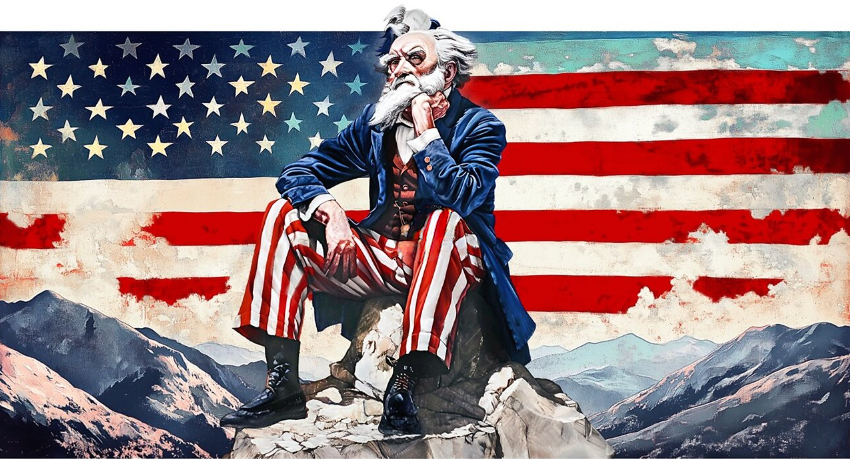
Which Is More Accurate, ‘Say’s Law’ or ‘Keynes’s Law’?
This Mark Skousen article from 2017 is both thought-provoking and enlightening, so I am posting it here.
Students almost always get this wrong, until it is explained
“They say children are the future, but really teachers are the key to the future.” – Author Unknown
We all know that teachers, especially at the college level when students are away from their parents, can have tremendous influence.
My best example is when I ask my economics students “Which is more accurate, Say’s law or Keynes’s law?” Say’s law (defined below) is named after the 19th-century French economist J.-B. Say, while Keynes’s law is named after the 20th-century British economist John Maynard Keynes.
Most of the students have never heard of either law, so on the blackboard or PowerPoint, I simplify the definition as follows:
- Say’s Law: “Supply creates demand”
- Keynes’s Law: “Demand creates supply”
Before we have any discussion, I ask the students to intuitively decide which one makes more sense, and why.
Invariably, the vast majority of students side with Keynes. Demand, they say, is essential. Without consumers willing to buy a product, suppliers will go out of business. They conclude consumer spending drives the economy.
Currently, I am a Presidential Fellow at Chapman University in California, where I teach a course entitled, “Modern Political Economy: Who is Winning the Battle of Ideas?” I have 22 students. In the above exercise this week, fifteen students voted with Keynes, and seven voted for Say.
For the next hour, I took the students through a series of exercises, historical examples, and economic studies that suggest that Say’s law, not Keynes’s law, is a far more accurate view of the economy. I won’t go into all the arguments here but they can be found in chapter 2 of my history book, “The Making of Modern Economics” (3rd edition published by Routledge Publishers) and chapter 17 of my textbook, “Economic Logic” (4th edition, published by Capital Press).
Essentially, I demonstrate that economies grow not because consumers demand more and are willing to go into debt, but largely because of a willingness of entrepreneurs and businesses to save and invest in new products and technologies – the supply side of the economy.
I use Seattle as an example. Seattle residents did not become wealthy because consumers decided to demand more, but because creative businesses such as Boeing, Microsoft, Starbucks, and Amazon came up with new products and services (consumers didn’t know they wanted these things until they were created). I conclude that business is the catalyst of economic progress, and consumer spending is the effect, not the cause, of prosperity.
I end the lecture by quoting some experts on the subject, including CNBC economist Larry Kudlow, who says, “Though not one in a thousand recognizes it, it is business, not consumers, that is the heart of the economy. When businesses produce profitably, they create income-paying jobs, and then consumers spend. Profitable firms also purchase new equipment because they need to modernize and update all their tools, structures, and software.”
I also include in the lecture a discussion of gross output (GO), the new “top line” in national income accounting that demonstrates that business spending is almost twice the size of consumer spending in the economy. (See mskousen.com for more details.)
At the end of the hour, I ask if any of the students have changed their minds. In this case, it was 22-0 in favor of Say.
Teachers can make a difference.